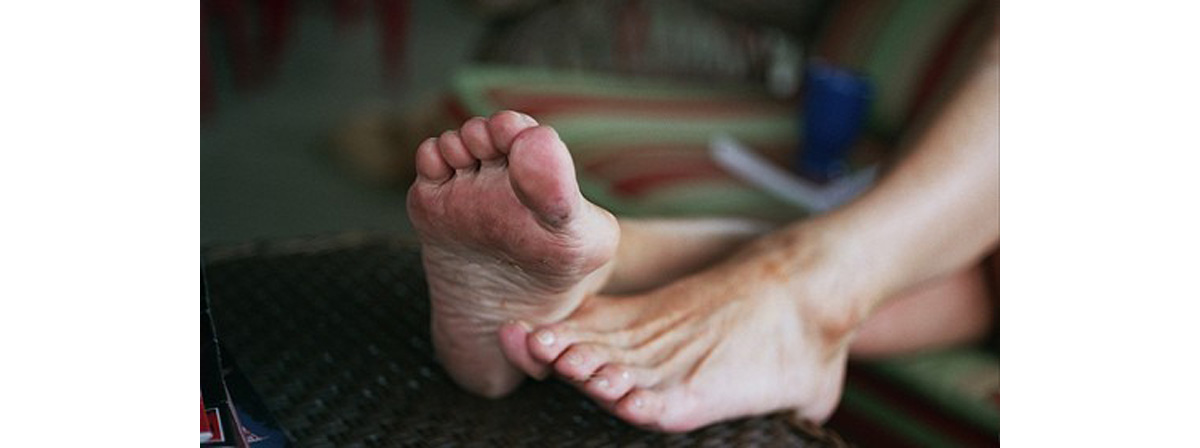Table of Contents
It basically comes down to genes, the way you walk and possibly your sex. If there is a history of bunions in your family, you have a greater chance of developing them.

You might not realise it but walking is a very complex process involving muscles in your calf and a total of 26 joints in your feet! It’s not surprising that there is considerable variation in the way each of us walks and sometimes this is less than optimal – leading to problems like bunions. Women possibly have a greater risk, due to looser joints.
Is there any treatment for bunions?
As mentioned, although not the cause of bunions, footwear does play a part. So as prevention is always better than cure, avoid regularly wearing high heels (which tip all your weight down onto the ball of your feet) and narrow-toe shoes which push the toes together.
They will be able to analyze your gait (walking pattern) and spot variations likely to cause a problem.
They can then advise on footwear and exercises if appropriate. They may also give you special insoles (‘orthoses’)to wear in your shoes, which can correct your gait. These can sometimes be bought ‘off-the-shelf’, or you may need semi-customized or fully-customized insoles. These will need to be worn in your shoes for the majority of the day.
You are likely to need them for the rest of your life too – as they do not cure bunions – they can only slow bunion development by correcting faulty biomechanics. And like spectacles, they only work when worn.
Can anything cure bunions?
To remove bunions the only option is surgery. There are different types of procedureand a surgeon – either orthopaedic or podiatric (foot specialist) will advise on the best one for you. This will be influenced by your age, bone quality, level of activity and severity of the bunion.
What’s surgery like?
It is often done under local, rather than general anesthetic, meaning they do not put you to sleep but give you injections of local anesthetic in the foot and ankle. You may also be given sedation, so that you are conscious, but not aware of what is going on, and will have no memory of it afterwards. You may have to stay in hospital for a night or two.
How long does it take to recover?
You will not be able to bear weight on the foot at all for the first few days, then weight-bearing will gradually be re-introduced. You will need to wear a surgical shoe for three to six weeks until the swelling goes down.
Driving sooner than advised by your surgeon may invalidate your car insurance.
- www.scpod.org/foot-health/common-foot-problems/bunions-toe-deformities
- Neale’s Disorders of the Foot. 8th Edition. Published by Churchill Livingstone, Edinburgh, UK
- Photo courtesy of jingdianmeinv1 by Flickr : www.flickr.com/photos/jingdianmeinv1/3929528035/
- Photo courtesy of Dan Iggers by Flickr : www.flickr.com/photos/fortinbras/224803607/
- www.health.harvard.edu/newsletters/Harvard_Womens_Health_Watch/2011/June/what-to-do-about-bunions


Your thoughts on this